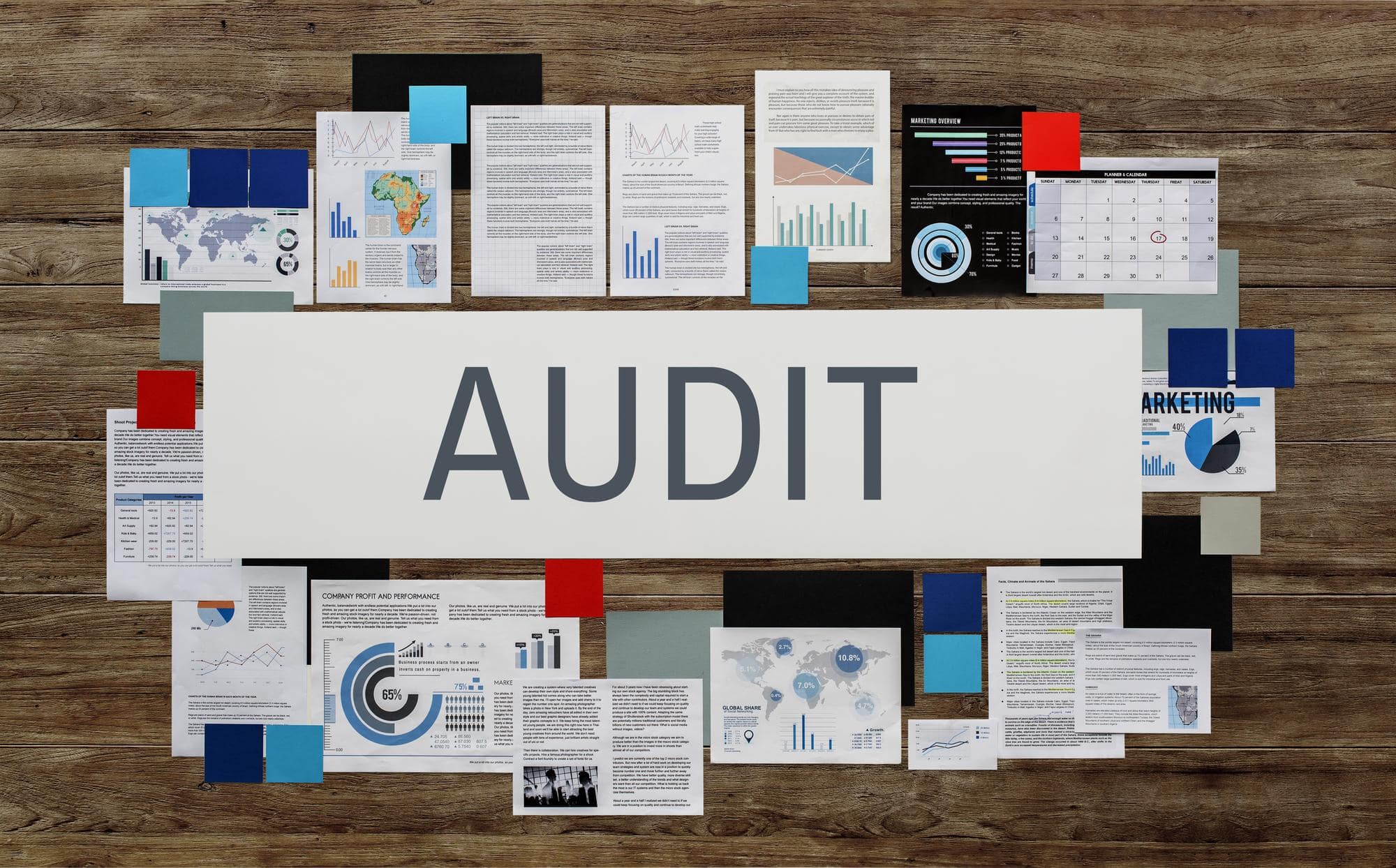
Retirement may seem far off, but the decisions you make today can define how comfortably you’ll live tomorrow. In 2025, with Social Security uncertainty and rising living costs, personal retirement savings are more important than ever.
Two of the most powerful tools for retirement in the U.S. are the 401(k) and IRA (Individual Retirement Account). This guide will explain how each works, their tax benefits, and how to make the best choice based on your financial goals.
Why You Should Start Planning for Retirement Early
- Compound interest turns small savings into large nest eggs over time
- Reduces reliance on Social Security (which replaces only ~40% of pre-retirement income)
- Employer-sponsored plans can offer free money through matching contributions
- Early savers need to invest less over time to reach the same goals
Example: Save $300/month from age 25 at 8% return = ~$875,000 by 65
What Is a 401(k)?
A 401(k) is a retirement savings plan offered by employers that allows employees to contribute a portion of their paycheck before taxes.
Key Benefits:
- Tax-deferred growth – no taxes on contributions or earnings until withdrawal
- Employer match – many companies match up to 3–6% of your salary
- High contribution limits
2025 Contribution Limits:
- Employee: $23,000
- Catch-up (age 50+): + $7,500
- Employer match does NOT count toward your individual cap
Withdrawal Rules:
- Withdrawals before age 59½ may incur a 10% penalty
- Required Minimum Distributions (RMDs) start at age 73
What Is an IRA (Individual Retirement Account)?
An IRA is a retirement account that you open independently—not tied to an employer.
There are two main types:
| Type | Tax Treatment | Who It’s For |
|---|---|---|
| Traditional IRA | Pre-tax contributions, taxed at withdrawal | Those expecting lower taxes in retirement |
| Roth IRA | After-tax contributions, tax-free withdrawals | Those expecting higher taxes later |
2025 IRA Contribution Limits:
- $7,000 (under 50)
- $8,000 (age 50+)
- Roth income phase-out: starts at $146,000 (single) and $230,000 (married)
401(k) vs IRA: What’s the Difference?
| Feature | 401(k) | IRA |
|---|---|---|
| Offered by | Employer | Individual |
| Annual Limit | $23,000 | $7,000 |
| Employer Match | Yes (if offered) | No |
| Investment Options | Limited to plan choices | Broad selection |
| Roth Option? | Yes (Roth 401(k)) | Yes (Roth IRA) |
| Tax Benefits | Pre-tax / Roth available | Pre-tax or post-tax (Roth) |
| Income Limits | None for contributions | Roth IRA has income restrictions |
How to Open and Manage a 401(k) or IRA
To Start a 401(k):
- Check if your employer offers one
- Sign up through HR or payroll system
- Select a contribution rate (start with at least what they match)
- Choose investments (target date funds are beginner-friendly)
To Start an IRA:
- Choose a provider (e.g. Fidelity, Vanguard, Charles Schwab, Betterment)
- Open Traditional or Roth IRA based on income/goals
- Link your bank and set recurring deposits
- Invest in index funds, ETFs, or retirement funds
What About a Roth 401(k)?
Many employers now offer a Roth 401(k)—a hybrid account where you:
- Contribute after-tax dollars
- Withdraw tax-free in retirement
Best for: Younger earners who expect to be in a higher tax bracket later.
What Happens If You Leave Your Job?
Your 401(k) is yours to keep. You can:
- Leave it where it is
- Roll it over to a new employer’s plan
- Roll it into a Traditional IRA (tax-free rollover)
- Convert it to a Roth IRA (taxable event)
Never cash out early—you’ll pay taxes plus a penalty.
Mistakes to Avoid
- Waiting too long to start saving
- Contributing below the employer match (you’re leaving money on the table!)
- Taking early withdrawals
- Not reviewing your investments annually
- Ignoring fees in mutual funds or plan management
How Much Should You Save?
The general rule is:
- Save 15% of your income toward retirement (including employer match)
- Aim for 10x your salary saved by retirement age
| Age | Ideal Retirement Savings |
|---|---|
| 30 | 1x your annual salary |
| 40 | 3x your salary |
| 50 | 6x your salary |
| 60 | 8x your salary |
| 67 | 10x your salary |
Conclusion: Your Future Self Will Thank You
Whether you’re in your 20s or late 40s, starting or optimizing a retirement plan is one of the smartest financial moves you can make in 2025. By taking advantage of 401(k)s, IRAs, or both, you unlock powerful tax benefits, compounding growth, and financial freedom down the road.
Start small. Stay consistent. And always take the free money your employer offers.